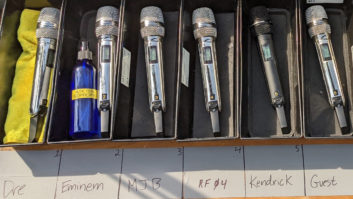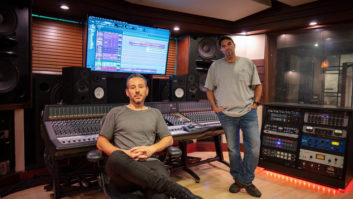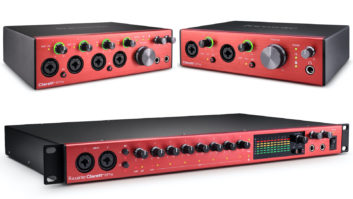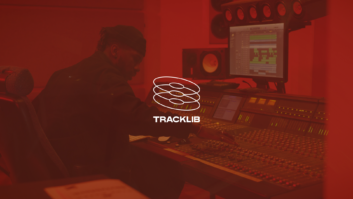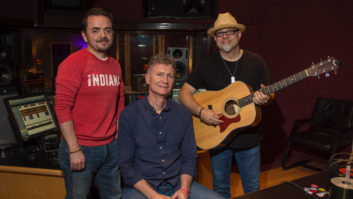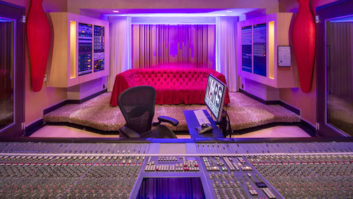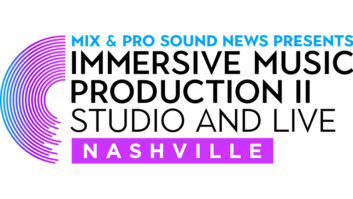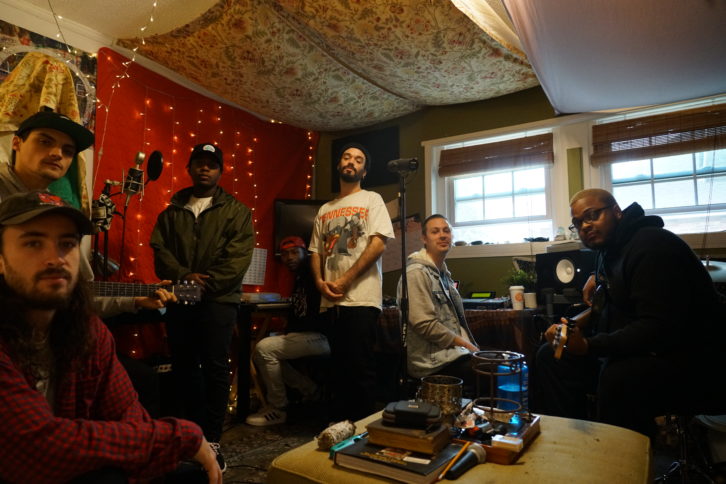
Nashville, TN (August 6, 2021)—Nashville may be known as Music City, but usually that means Country music. Now the city’s burgeoning hip-hop scene is coming into its own with a new generation of homegrown artists. There’s everything from blue-collar rap over sophisticated trap music (Brian Brown’s “Tenn Toes”) to visceral street tales colliding with thudding 808 drums (“Way Bigger” by Lil Queze and Ganz), all emanating from the heart of Tennessee.
“None of what I have is high-budget other than the interface, but everything else has character,” says Gates, a Nashville producer. “That’s the epitome of my sound: using what some would say are s—– instruments and creating a very specific sound.”
Gates is part of StillFamilia, one of four production teams we caught up with to find out the gear and techniques that help create Nashville’s varied hip-hop sound. The styles and tools differ, but they all share the same D.I.Y. DNA—the result of a community of creatives making the most of resources available to them.
The results speak for themselves: The music for a Super Bowl commercial, ACC Network’s theme song and a Southern Entertainment Awards Mixtape of the Year were created by these rising pros on inexpensive gear, most often software like FL Studio, aka Fruity Loops.
“FL Studio may get a rep as being childish because everyone starts off using it, but FL Studio has shaped the sound [of hip-hop] for the last 15 years,” producer A.B. Eastwood says. “I can only imagine the amount of Grammys and diamond-selling hits FL Studio has produced.” Here are four of the many producer/production teams working toward putting Nashville hip hop on the map.
KRASHMAX
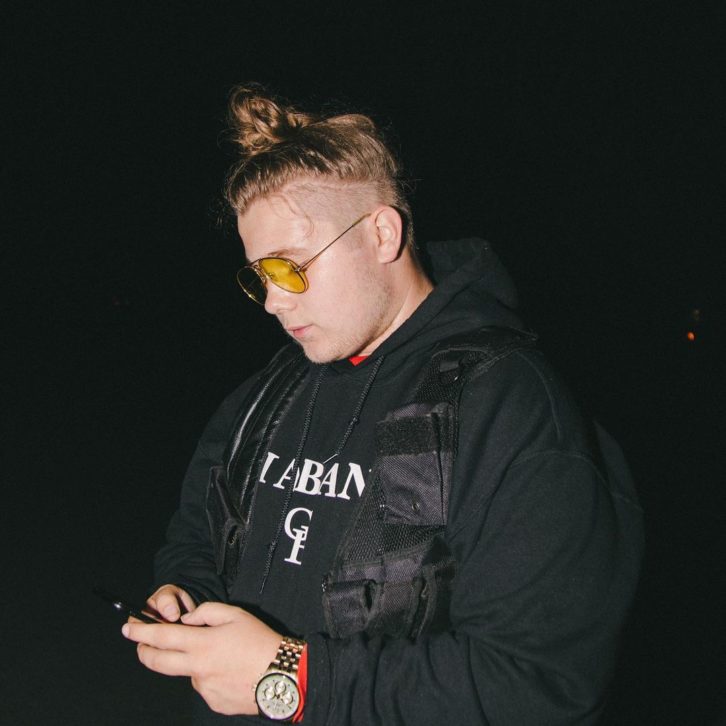
Lil Queze and Ganz, the trap rap symphony co-conductors of Nashville, attract hundreds of thousands of views on YouTube with every video and will have their names in your ears if you walk the streets of East Nashville long enough, thanks in part to producer Devin “KrashMax” Payne. Songs like “Way Bigger” derive their grimness as much from his ominous orchestration as they do from Queze and Ganz’s unapologetic threats that would make gangsta rappers like Freddie Gibbs proud.
That sound has begun to permeate the music of other Nashville hip-hop artists, and it originated from KrashMax wanting to give the city its own sonic signature.
“When I made that, I wasn’t trying to go for anything; I was trying to discover and make something that hadn’t been made,” he says. “I wanted to give Nashville a different sound where we stand out from other people.”
To develop that, he employed a gaming PC, Focusrite Scarlett 2i2 interface and FL Studio to create the core of the production. Melodies were created using Spectrasonics Omnisphere VST and Tone2’s Electra2 VST plug-ins by simply trusting his ear and cycling through different presets before stumbling across a sound that has now become a movement in Nashville.
LACMAN
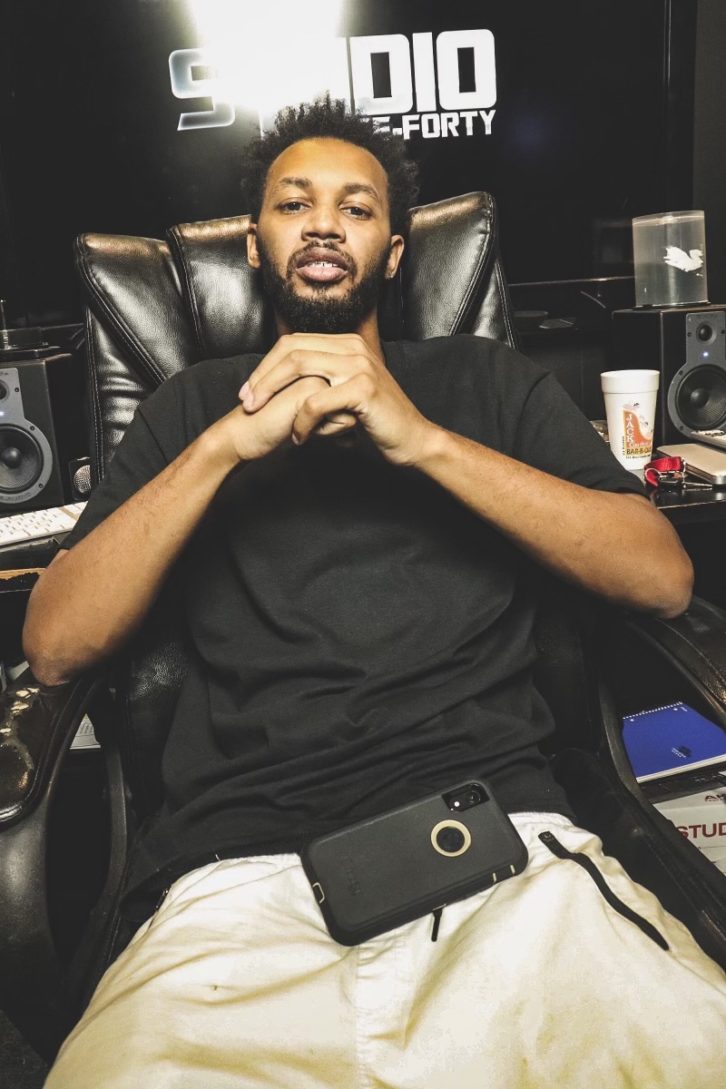
Few Nashville hip-hop artists have inspired as much hometown support as gangsta rap champion Luh Stain. A venomous lyricist known for injecting gritty aggression into his work, Stain generated millions of streams for his 2019 project Out of Dodge while serving 18 months in prison.
One of the most crucial parts of that success was producer George “LacMan” Giggs. In addition to executive producing Out of Dodge, LacMan also played the slapping drums and menacing keys on Stain’s 2020 single, “Mop Wit That 50,” which has more than 150,000 plays on YouTube alone.
Describing Luh Stain’s sound as a “mix between a Baton Rouge/NBA YoungBoy and his own swag,” Lac’s setup centers around Yamaha HS8 speakers, an Apple Mac Mini, Focusrite interface, custom sound panels and the trusty FL Studio 20.
Key to the vibe is the Fruity Flanger VST, which he says helps blend the 808 drums at the heartbeat of Stain’s sound with the beat and the vocals, without creating distortion. Everything gets mastered through iZotope Ozone software, bringing clarity to work like Stain’s best-known track, the in-your-face “Everything Lil Nutty.”
STILLFAMILIA
StillFamilia, made up of producers A.B. Eastwood, Case Arnold and Gates Gustafson, along with JTMusik, Sandbox and hometown artist Tim Gent, is one of the rare production homes in the Nashville hip-hop scene that marries live instrumentation with computer sampling.
Everyone brings his gear and skills to the table: Gates has a Sequential Prophet Rev2 synthesizer, 1962 Rhodes piano and a Ludwig Questlove drum kit, but started out simply sampling loops on his iPhone. Arnold is known to fiddle with the guitar but mainly works in Ableton after learning it from Grammy Award-winning producer Jim Jonsin. Eastwood makes sonic tapestries from a laptop running FL Studio. The results are D.I.Y. magic.
Peek Inside Big Sean’s Home Studio
If you saw the Tostitos commercial during Super Bowl LV this year, you heard Eastwood mix 808 beats from a Mike Hector drum kit pack, meshing them with horn samples from Splice; likewise, if you watch Netflix’s 2020 wine drama, Uncorked, you’ll hear Eastwood’s somber drums and reversed piano chords creating an atmospheric vibe.
“We work with what we’ve got,” says Arnold. “Gates has a lot of gear and I have some, too. I use UAD, Native Instruments on the guitar effects—their Guitar Rig 6 Pro is what I use on a lot for guitars. Waves also has some guitar plugs I use.”
StillFamilia’s resourcefulness shows up in tracks like R&B singer Bryant Taylorr’s “Worth It,” with its acoustic melodies that recall Nashville’s country roots while working around a Bossa Nova rhythm that Gates beefed up, creating more low-end with a Universal Audio Pultec EQ plug-in. The drum kit was simply captured with a Shure SM81 on the hats and snares and a Beta52 in the kick; Arnold added low counterpoint from a five-string Dean bass and recorded his Fender Strat playing through a “$40 Fender amp I got from Goodwill.”
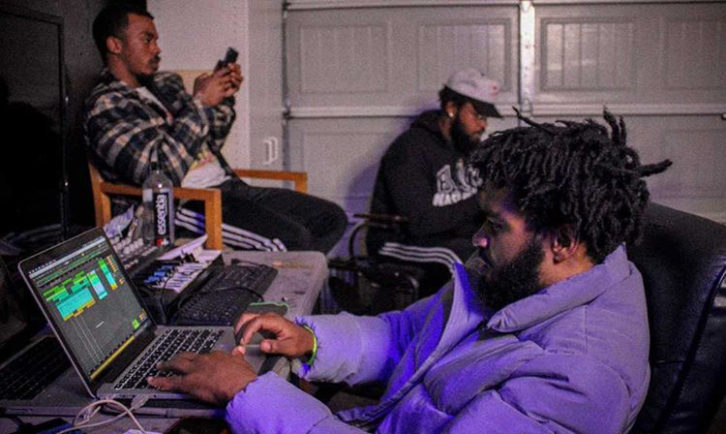
FIEND
When you hear Joseph “Fiend” Corley’s work, you’re hearing homemade, sophisticated gutter music. Take the track “Tenn Toes” by Brian Brown of the Black City, Funky Tenn collective. An ode to Tennessee artists’ committed grind, it’s built around a rattling hi-hat/drum with a down south bop, paired with the elegance of a flute sample that makes Brown’s determination sound both terrifying and inspiring.
As Fiend puts it, “I try to keep a certain kind of bounce with my beats, so when you hear it, you’ll know it’s a Fiend beat.”
Fiend’s audio arsenal includes simply a laptop and Ableton loaded with a curated list of VST instruments like Initial Audio’s Heat Up 3 for access to 860 different instruments; Cableguys’ Halftime, for shifting a beat’s mood with half-speed effects; and XLN Audio’s RC-20 Retro Color Plug-in for vintage coloration effects that add texture.
As one of the main producers for Black City, Funky Tenn, a collective whose artists have been featured on The Fader, opened for legendary rapper Rakim, and headlined Red Bull’s The Underflow event in November 2019, Fiend’s sound is becoming part of the foundation for Nashville hip-hop’s future. “My role is to keep the different sounds for them,” Fiend says. “I try to keep it funky. You want the sophisticated trap? You come to me.”
